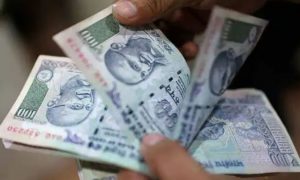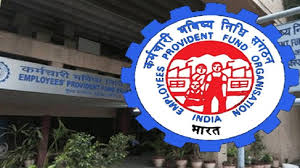CIBIL Score is a three-digit number ranging between 300 and 900. The higher the score, the better it is
There is a large number of people in the country who have taken or are planning to take loans, credit cards or other lines of credit from banks or other financial institutions. While approving loans or credit cards to a borrower, the financial institutions look into the CIBIL score of the person. Here’s what is CIBIL score and why it’s important:
What Is CIBIL Score?
The CIBIL Score is a three-digit number ranging between 300 and 900. The higher the score, the better it is. Generally, a score above 750 is considered good where the chances of loan approval become higher. This is a numeric summary of a consumer’s credit history and a reflection of the person’s credit profile. It indicates the credit behavior of a borrower. It also reveals whether the person has ever defaulted on his repayments. This score gives an overall indication of the person’s creditworthiness and his/ her history.
Read More: Credit score check: Key factors that decide your credit score card
The report containing the CIBIL Score is called CIBIL Report. The report contains tabs — personal information, contact information, employment information, account information, and inquiry information.
What’s The Importance Of CIBIL Score?
Whenever one goes to take a loan, or a credit card is issued, the financial institution checks his/ her CIBIL score first, to ensure the creditworthiness and risk profile. The CIBIL Report allows the bank to have a look at a person’s credit history, including whether the person has been punctual in repaying his/ her previous debt. It also shows how many loans has the person taken so far, including the amount and the duration of the previous credits. It includes both credit cards and loans. It helps banks mitigate risks of defaults and hence reduces losses.
The bank approves a loan only if the CIBIL score of the person is good. So, maintaining a good score is very important. The score also saves individuals from any paper hassles to prove the records of the previous credits.
Read More: Bank Locker New Rules: Banks to Pay 100 Times of Locker Rent as Penalty for Loss, Others
According to a PWC report, credit card issuance has grown significantly in India at a compound annual growth rate of 20 per cent in the past four years. The number of credit cardholders increased from 29 million in March 2017 to 62 million in March 2021. It has further grown by 26 per cent and 23 per cent, respectively, in 2019 and 2020.
As per the latest RBI data, credit growth in India continues to be driven by retail lending. An SBI research report also said, “Interestingly, retail loans have emerged as the main driver of bank credit in recent years and now have the largest share (30.5 per cent) in the outstanding credit of all scheduled commercial banks, displacing industrial loans (28.9 per cent). Within retail, housing loans have the largest share.”





































